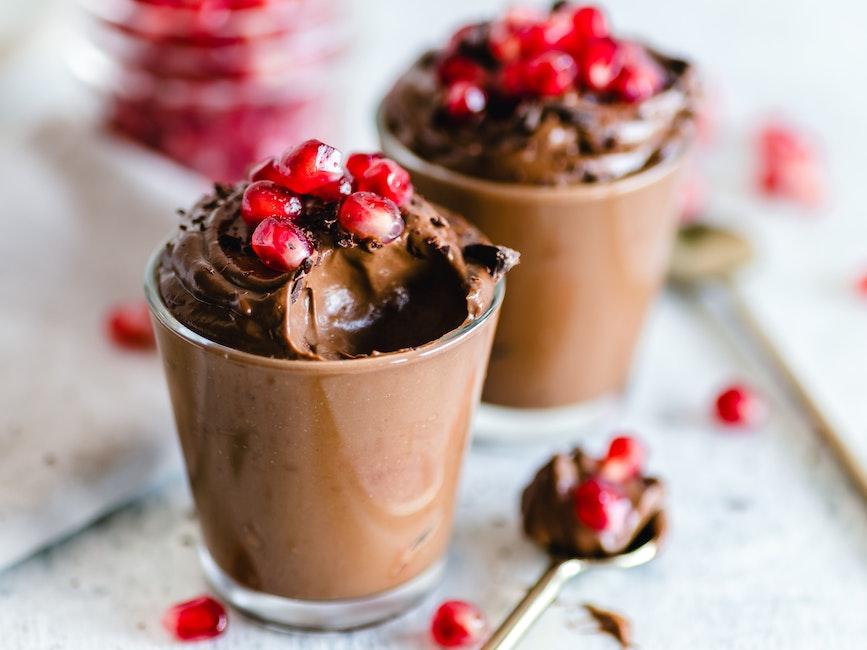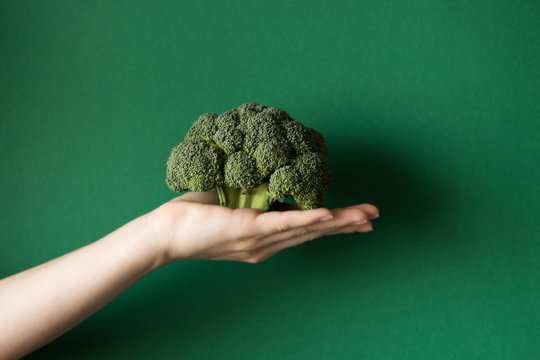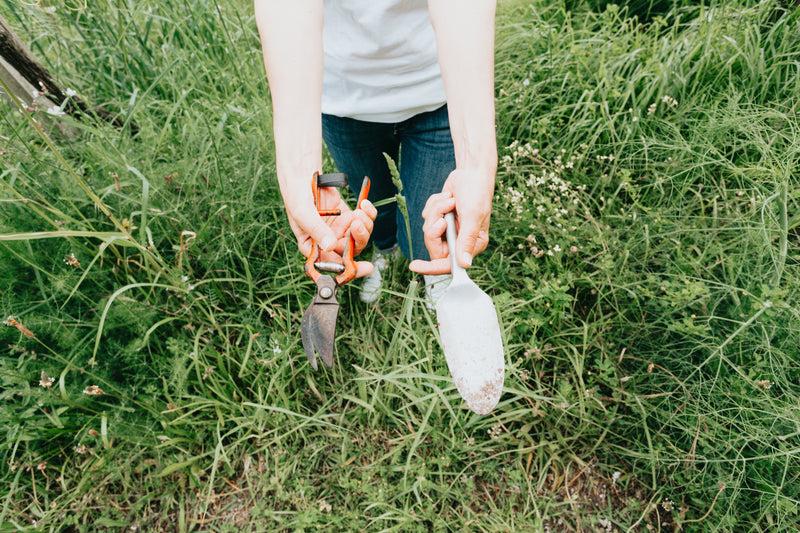Foods you can grow in your house or garden
It’s easy to grow, and it produces delicious corn on the cob that can be used in a variety of recipes
Are you interested in growing your own food but don’t know where to start? Look no further! In this blog post, we will explore some of the many options you have when it comes to growing edible plants right in your house or garden. From herbs and vegetables to fruits and nuts, you’ll be surprised how much you can cultivate right in your own backyard!
Preparing the Garden for Planting
To start growing your own food, you’ll need to prepare the garden for planting. First, determine the size of your garden and then decide what type of plants you’d like to grow. There are many types of edible crops that can be grown in a garden, from leafy greens to fruits and vegetables. Once you’ve chosen your plants, it’s important to choose the right soil for them. Different plants require different levels of nutrients, so it’s important to test the soil before you plant. Finally, be sure to water your plants regularly and fertilize them as needed.
Choosing a Variety of Edible Crops
When deciding to start a food garden in your home or office, there are a few things to keep in mind. The first is to think about what kind of climate you live in and whether gardening is allowed in that area. Second is to assess your soil quality – does it have the nutrients needed for healthy food growth? If not, you’ll need to add them before planting any crops. Third is finding the right variety of plants for your climate and soil type; not all vegetables behave the same way when grown indoors. Finally, make sure you have everything you need including seeds, water containers, fertilizers and pest control products; most gardens will require some upfront preparation work.

Understanding the Soil Requirements for Food Growing
Soil Requirements for Food Growing:
Your soil needs to be well-drained and fertile in order to support successful food growing. In addition, you’ll want the soil pH level to fall within the range of 6.0-7.5, as this will help prevent bitter flavors from developing in your crops. In order to test your soil’s pH level, you can purchase a home testing kit or use an online guide like Gardeners Guide To Soil Testing. Finally, keep in mind that food crops require a lot of water; make sure that you’re providing them with enough irrigation during dry periods.
Tips for Growing Herbs Indoors
There are a few things to keep in mind when planting food in your garden or home:
–soil type is important – choose a well-drained, rich soil mix
–Container gardening is also an option – see specific instructions for different types of containers below
–place plants in straight rows with plenty of spacing between them
and water as needed

Beginner-Friendly Vegetables to Plant in Your Home Garden
Lettuce
There are many types of vegetables that can be grown in a home garden, and lettuce is one common option. Lettuce is easy to grow, but there are a few things that you will need to do in order for it to thrive. Make sure that you have enough sunlight and water available, as well as fertile soil. You should also keep an eye on the temperature so that your lettuce doesn’t get too cold or too hot. Once you have these basics down, planting lettuces will be easy!
Tomatoes
Tomatoes are a great vegetable to plant in your home garden. They are easy to grow and provide a lot of nutrients and antioxidants. There are many varieties of tomatoes that can be grown, so you can find the perfect one for your taste. You can also grow tomatoes in a container, so you can have them on hand when you want them.
Carrots
With the right amount of sunshine and fertile soil, any vegetable garden can be fruitful. Here are some easy-to-grow vegetables that will give you delicious results in your home garden.
Carrots: Carrots are a versatile vegetable that can be eaten fresh, cooked into a soup or squash, or used as an ingredient in many different recipes. A good rule of thumb is to plant three to four seeds per inch in sandy soil. Once the carrots have germinated, thin them out by half so that each carrot has one neighbor. Water regularly and fertilize when necessary with appropriate nutrients for your type of plant. Harvesting carrots generally occurs about 70 days after planting the seeds.
Peppers
If you’re new to growing your own produce, one of the most rewarding plant options is learning how to grow peppers. Peppers ( Capsicum annuum ) are easy to grow and can be planted in a range of climates, from hot summer areas to cool winters. There are a number of different types of peppers available, so if you’re looking for something to add some zing to your meals then try growing some this season! Here’s a list of some beginner-friendly vegetables that can be grown in your home garden:
Carrots
Celery
Lettuce
Sweet potatoes
Zucchini

Planting and Caring for Fruit Trees
When planting fruit trees, make sure to select a variety that is compatible with your climate and soil conditions. Selecting the right tree variety is important because not all fruit trees grow well in all climates. When choosing a fruit tree, be sure to consider the following factors:
- The tree’s height and spread
- The tree’s age
- The tree’s vigor
- The tree’s pruning needs
- The tree’s fruit production potential
- The tree’s cold hardiness

Companion Planting Strategies to Optimize Harvests
Understanding the Benefits of Companion Planting
Companion planting is a gardening technique that involves planting plants near each other to create a mutually beneficial relationship. By planting companion plants, you can improve the growth and health of your plants, as well as increase your yields.
There are many benefits to companion planting, including:
- Improved growth: Companion plants can help your plants grow faster and stronger, which can lead to larger and healthier plants.
- Improved health: Companion plants can help protect your plants from pests and diseases, which can lead to increased yields.
- Increased yields: Companion planting can help you produce more crops per acre, which can save you money in the long run.
Identifying the Best Companion Plants for Your Garden
The benefits of companion planting are multi-dimensional. By pairing complementary plants together, you can extend the life and productivity of your garden by promoting healthy soil and increasing nutrient uptake. In addition to healthier plants, a well-matched garden will be more visually appealing, as well as cleaner smelling and less cluttered.
When selecting plants for your garden, it is important to consider their natural habitat and specific needs. For example, annual flowers like zinnias require full sun while bitter melons need partial shade. Once you have identified the types of plants that fit best into your garden, it is time to select companions with compatible characteristics. Some good choices for companion planting include:
- Annual flowers – Sweet Alyssum (one of my personal favorites), Lavender, and Marigolds
- Hardy perennials – Coreopsis, Snapdragon, and Borage
- Shrubs – Mock Orange, Elderberry, and Rosemary
- Vines – Daffodil, Grapevine, and Yarrow
Creating a Planting Strategy to Maximize Yields
When planting in your garden, it is important to consider the types of plants that will work well together. By pairing plants with complementary characteristics, you can create a planting strategy that will maximize yields.
Some of the best companion plants for your garden are those that help to suppress pests and diseases. For example, planting garlic alongside tomatoes will help to keep pests away, while planting carrots near peas will help to reduce the incidence of blights.
When choosing plants for your garden, it is also important to consider the climate in which you live. For example, plants that grow well in warm climates can be difficult to grow in colder climates, so it is important to consult a gardening guide if you are not sure which plants will work well in your location.
Maintaining Healthy Soil for Optimal Growth
Many gardeners are familiar with the “belly of the beast” as it is often called, meaning the section of your garden that experiences the most difficult weather conditions. This might include areas such as shady corners or spots that receive less sunlight. When planting in these areas, consider incorporating companion plantings that will help to improve yields and maintain healthy soil for optimal growth.
Some popular companion plantings for gardens characterized by tough growing conditions include:
- Alliums: Alliums are a great choice for gardens facing challenges like low light or moisture stressed conditions because they’re hardy and forgiving. Examples include garlic, onions, leeks, and scallions.
- Borage: Borage is extremely attractive to beneficial insects, which helps to increase crop yields. It can be a great choice for gardens that suffer from drought or nutrient deficiencies.
- Chickweed: Chickweed is an excellent companion for gardens with low fertility or poor drainage. Its ability to help to break down soil and improve aeration will help your plants thrive.
- Cilantro: Cilantro is another plant that’s perfect for gardeners who are struggling with drainage or fertility issues. Its fragrant leaves help to deter pests and attract beneficial insects, making it a great choice if you’re looking to encourage high yields in difficult conditions
Some other considerations when planting in tough growing conditions include choosing complementary plants based on climate zone, soil type, sun exposure, etc… So not all companion plants are created equal! It’s important to do some detective work and figure out what will work best for your specific garden situation.
The Basics of Starting Seeds at Home
When you are ready to start harvesting your food crops, there are a few things you need to know. First, it is important to choose the right variety of food crop for your climate and soil conditions. Second, be sure to properly harvest the food crop by removing the edible parts (such as the stem and leaves). Finally, be sure to store the food properly so that it will last until you are ready to eat it.
Pest Management Options for your Food Plots
Pest Management Options for your Food Plots.
Pest management for home food growers can involve using a variety of tactics, including:
- scouting crops regularly for pests and diseases;
- using barriers and fungicides to prevent pests from damaging crops;
- applying compost or other organic matter to the soil around plants as part of a Integrated Pest Management program;
- setting traps to capture insects or spiders that are harassing crops;
- using rodenticides, which can be harmful if not used properly.
Harvesting, Storing and Enjoying Your Fresh Produce
Once you have a bountiful garden full of delicious crops, it is important to take proper precautions to ensure your homegrown produce stays fresh. Follow these tips for preserving your bounty:
- Wash your vegetables and fruits with warm water before storing, to remove any dirt or pesticides.
- Keep your vegetable and fruit storage containers in a cool, dry place. Opt for airtight containers if possible to help keep food fresher longer.
- Don’t over-pack your storage containers; leave enough space between items so that gases can escape and spoil the food.
- If you are going to freeze vegetables or fruits, wait until they are slightly thawed before packaging them in plastic freezer bags or containers. This will help reduce the chances of condensation forming on the outside of the container and leading to freezer burn or spoiling the contents inside.
Growing your own food can be a rewarding experience, and with the right preparation, you can produce an abundance of delicious and nutritious meals for yourself and your family. No matter what size or type of garden you have access to, there are crops that will work for you. By following the tips in this article and putting in some time, effort and research into understanding optimal growing conditions for different types of edible plants, you’ll be able to reap the rewards from not just one harvest but many throughout the years!







